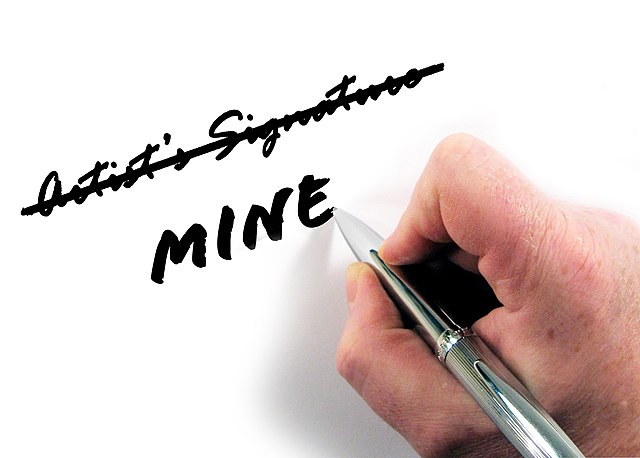- 4-minute read
- 27th December 2019
Can You Copy Yourself? Self-Plagiarism and How to Avoid It
Plagiarism – copying someone else’s work or words without crediting them – is bad. We know this. It’s dishonest. It’s unfair. And it can lose you marks on your college work. But what about self-plagiarism? Is this a problem? And how can you “copy” yourself anyway? Let’s take a look.
What Is Self-Plagiarism?
At its most basic, “self-plagiarism” means using the same work in two places. Often, it also means presenting old work as if it were new.
For instance, imagine a journalist submitted two versions of the same piece to separate publications. They could change the title and rearrange things slightly to make it less obvious, but the overall content is very similar. This is known as duplicate publication and breaks rules against self-plagiarism.

(Photo: RyanMinkoff/Wikimedia)
We can imagine something similar happening with a student’s work. Say, for example, you were writing your dissertation on a topic you’d already touched on in a previous essay. You might be tempted to copy that part of the essay and reuse it in your dissertation. But if you did this, you could be accused of submitting the same work twice, which is self-plagiarism.
The key in both cases is that a writer is presenting old work as if it were new. You may not mean to deceive anyone. But unless you acknowledge that you’re using the same material in two places, it could be interpreted as self-plagiarism. And this could lose you marks on your work.
Is It a Problem?
Short answer: Yes! Most colleges have rules against self-plagiarism. And if you’re found to have submitted the same work twice, you may lose out on valuable marks. In addition, anti-plagiarism tools like Turnitin “remember” everything they scan. As a result, if you submit a paper that reuses part or parts of an old essay, it could get flagged as plagiarism by a computer.
Find this useful?
Subscribe to our newsletter and get writing tips from our editors straight to your inbox.
For published writing, the issue also strays into copyright. For instance, if you have already published the results of an experiment in one journal but you try to submit a similar paper to another journal, you may be violating the copyright of the first journal (even though it is your own work).
And if a journal or publisher spots self-plagiarism, it will at best delay publication. As such, you should never deliberately reuse material without checking whether you are allowed to do so first.
How to Avoid Self-Plagiarism
It is easy enough to avoid self-plagiarism if you follow a few simple rules:
- Check your college’s website for guidance on self-plagiarism. You can also check your style guide for advice on citing previous work.
- Never copy and paste text from a previous essay into a new one. If you need to go over the same ideas, find a new way to express them.
- If you reuse ideas from a previous essay, acknowledge them (e.g., add a footnote “citing” your previous essay, even if it is not a formal citation).
- Ask your supervisor or course tutor if you are unsure regarding whether you can reuse something from a previous essay.
- If you want to publish part of your dissertation or thesis, make sure both your university and the journal you are submitting you will allow this.
- If you have published research somewhere, check who owns the copyright before submitting a similar paper elsewhere. And if you do refer to work you’ve published elsewhere, make sure to cite it clearly.
And if you are working on an essay, don’t forget to have it proofread. Our expert editors can even check that your referencing is clear and consistent, helping you to avoid any accusations of plagiarism.




